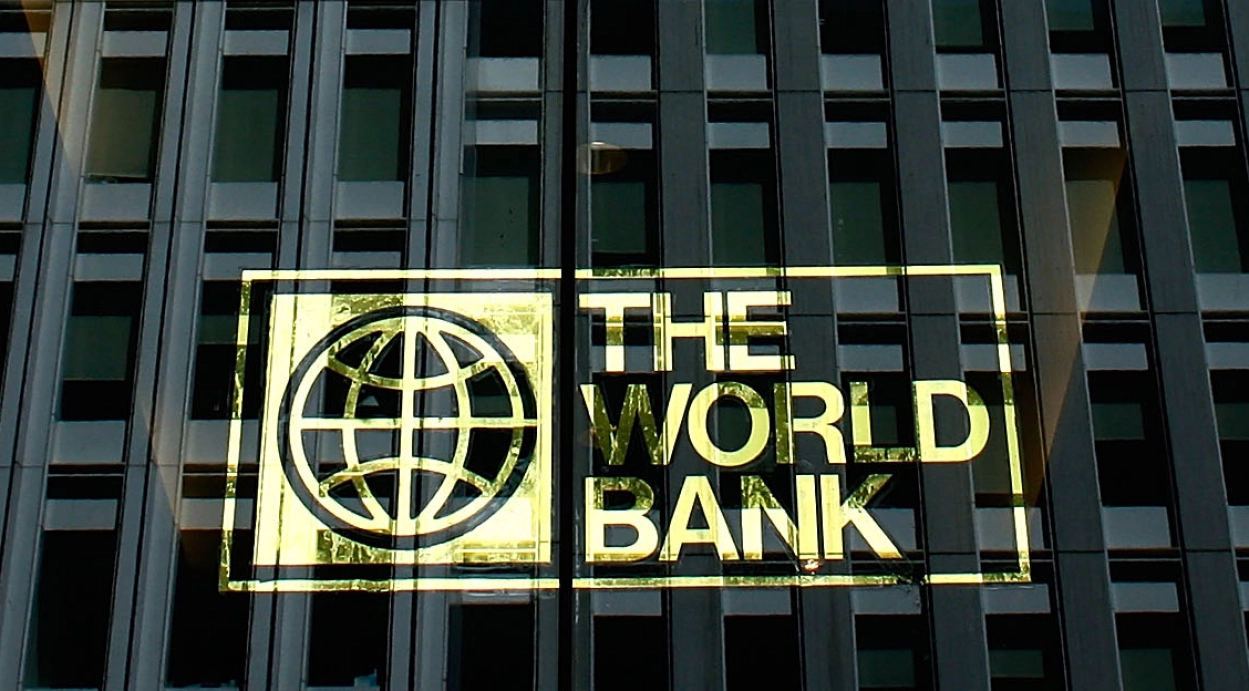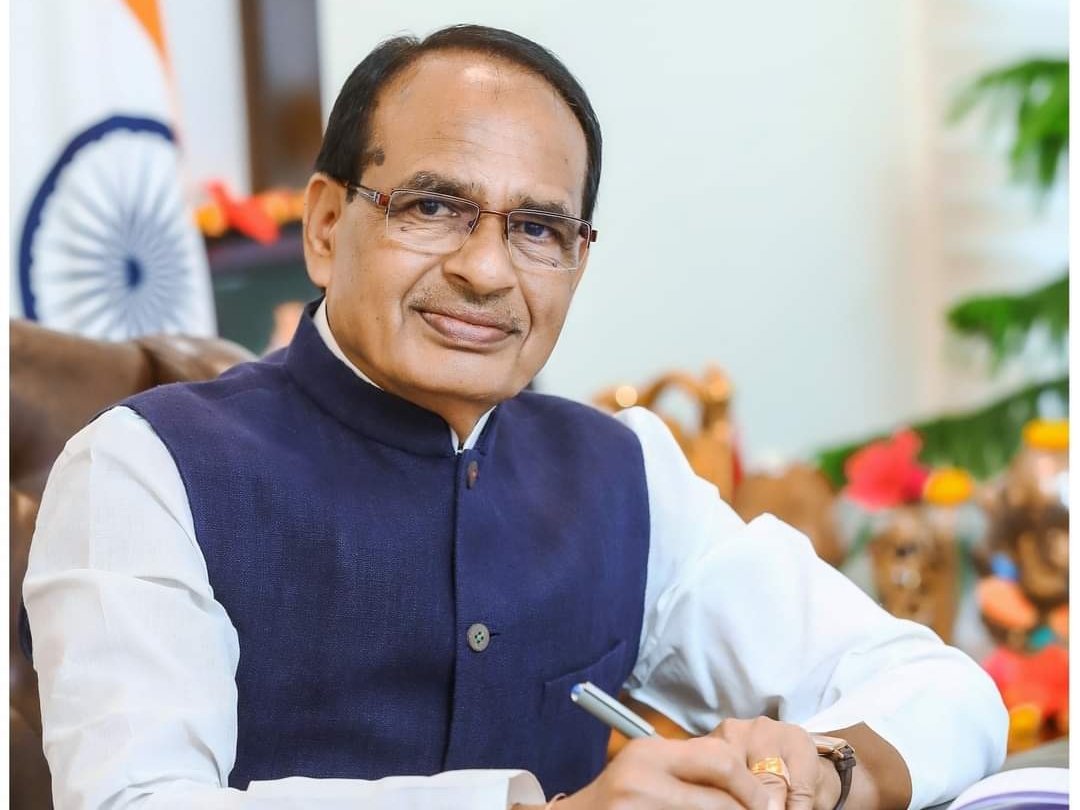How did DMart Become The Most Profitable Retail Grocery Store in India?

How did DMart Become The Most Profitable Retail Grocery Store in India?
DMart Retail Grocery: When it comes to price-sensitive customers, the one brand that always had appeal was DMart. Go to the DMart store on Sunday afternoon, and you’ll see the huge store filled with customers stocking household items. For many households in north and north-west India, DMart has emerged as their preferred place to shop. The staggeringly low prices, fully stocked products, and wide product range, from non-food FMCG to food & grocery, to general merchandise, have made it a go-to shopping stop for many households in India.
How does DMart Retail Grocery dominate the food and grocery markets? How is it possible to sell products at a low price and make a profit? Well, let’s find out. By the late 1990s, Mr. Radhakrishnan Damani had founded DMart. He is one of the more successful and well-known value investors in the Indian equity markets. After a couple of years of research, he started a grocery retail chain. He wanted to primarily focus on the value segment.

In the year 2000, Mr. Damani founded a retail chain called DMart. Almost 8 years after DMart Retail Grocery was established, it only had ten stores. The early days of DMart were modest. Since its founding, DMart has operated its corporate offices out of a small area that was originally one of the company’s early stores for several years.
But Damani was very clear on a few aspects. He wanted to replicate the model of Walmart, which is the high volume, low margins model. He wanted his company to run with positive unit economics. It entered IPO in 2017 with an IPO size of ₹ 1870 crore. Today, DMart Retail Grocery market capitalization stands at ₹ 2,49,166 crore.
DMart Retail Grocery
Key Product Categories
DMart offers varied, everyday-use items to its customers with a prudent product mix. The products on offer at the stores can be broadly classified into three categories – Foods, Non-foods, and general merchandise and apparel.
Foods – Groceries staples, processed foods, dairy, frozen products, beverages & confectionery, and fruits & vegetables. The revenue contribution from this category in FY2022 and FY2023 is 56.86 percent and 56.03 percent, respectively.
Non-Foods (FMCG) – Home care products, personal care products, toiletries, and other over-the-counter products. The revenue contribution from this category in FY2022 and FY2023 is 19.74 percent and 20.93 percent, respectively.
General Merchandise & Apparel – Bed & Bath, toys & games, crockery, plastic goods, Garments, Footwear, Utensils, and Home Appliances.The revenue contribution from this category in FY2022 and FY2023 is 23.4 percent and 23.04 percent, respectively.
D’Mart’s Business Model – Low Prices!
When it comes to the consumers of India, Damani understood what is required to attract them – heavily discounted products. The business model “Every Day Low Cost / Everyday Low Price” was therefore in line with this.
Owning rather than Renting
One of the major things that separates DMart Retail Grocery from any other retail stores in India is that they own their stores rather than renting. They usually operate stores with a lot of space compared to their competitors. The average area per store is around 41,358 square feet.
If you would have noticed, stores like Big Bazaar and Reliance Retail will be in malls and shopping complexes and residential areas. Whereas the locality of DMart will usually have a different angle.
DMart Retail Grocery will build stores in densely populated localities where there is heavy footfall. When it comes to the scarcely populated localities, DMart will buy cheap land outside the city and build a huge retail store space where they can provide a large variety of products. In both cases, DMart Retail Grocery stores will be standalone 1-story structures.
This strategy’s basic idea is to give them the flexibility to build expansive stores that resemble warehouses to effectively manage their inventory and supply chain. Moreover, to reduce rent costs. Rent for a typical retail establishment accounts for five to seven percent of sales. For DMart, this is a one-time expense.
The Model of Cluster Expansion
Another factor that separates DMart Retail Grocery from its peers is its cluster expansion model. When you take Reliance, for instance, they won’t be able to make the profit margin DMart does, nor can they handle huge footfall in a single store. So, they can only increase their volume by expanding the stores rapidly.
Now let’s look at the cluster expansion model of DMart Retail Grocery the way Walmart does. DMart Retail Grocery only expands stores in clusters. First, they establish a distribution center in a new location, and then they’ll construct stores around the distribution center. This way, they can manage their supply chain and inventory effectively.
Low Prices
Brands pay DMart Retail Grocery a fee to have their products on their shelves to increase their sales, as DMart has high footfall in the stores. We refer to this charge as a slotting fee. Slotting fees contribute to DMart’s earnings, enabling them to provide larger than customary discounts.
DMart also pays its vendors and manufacturers as quickly as possible, unlike any other retailer. The industry norm usually is around 30-40 days of payment, whereas DMart Retail Grocery pays within just 7 days. Moreover, DMart Retail Grocery stores look like shabby warehouses. That way, DMart saves a lot of money rather than spending on ambiance or customer experience.
Last but not least, DMart Retail Groceryonly stocks the best-selling items in a given area and focuses on understanding them rather than offering a wide selection of goods. By doing this, it saves a ton of money on inventory while maintaining high sales figures.
DMart vs Reliance Retail
Let’s take a look at the FY23 numbers to understand where both companies stand
| DMart | Reliance Retail | |
| Revenue | 41,833 crore | 2,30,951 crore |
| EBIT | 3,249 crore | 13,994 crore |
| Operational Store area | 13.4 mn sq. ft. | 65.6 mn sq. ft |
| EBIT margin | 7.8 % | 6.1% |
| Operating profit made per sq ft | 2,424.6 per sq ft | 2,133 sq. ft |
| Revenue made per sq. ft | 31,096 per sq. ft | 35,205 per sq. ft |
Although DMart Retail Grocery produces less revenue than Reliance Retail, it has a superior EBIT margin. Even though Reliance Retial’s revenue is more than five times the revenue of DMart, DMart’s higher operating profit per sq. than Reliance Retail shows it’s the superior business model. So one can conclude that DMart Retail Grocery is much more profitable and efficient than Reliance.
Conclusion
According to Fitch Solutions’ BMI, India’s household spending will exceed $3 trillion, and disposable income will rise by 14.6% compounded annually until 2027. So, there seems to be a lot of runway for retailers in the future. The industry has also come up with a new norm – online retail stores. These online stores can take away the market share of DMart. So to compete with them, DMart has come up with its own online retail store, DMart Retail Grocery Ready. But will DMart’s online business model turn out to be profitable? Let us know in the comments below.
Written by Nalin Suriya S.
By utilising the stock screener, stock heatmap, portfolio backtesting, and stock compare tool on the Trade Brains portal, investors gain access to comprehensive tools that enable them to identify the best stocks, also get updated with stock market news, and make well-informed investment.

Start Your Stock Market Journey Today!
Want to learn Stock Market trading and Investing? Make sure to check out exclusive Stock Market courses by FinGrad, the learning initiative by Trade Brains. You can enroll in FREE courses and webinars available on FinGrad today and get ahead in your trading career. Join now!!




